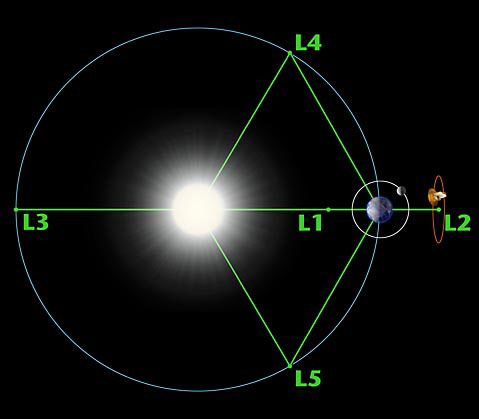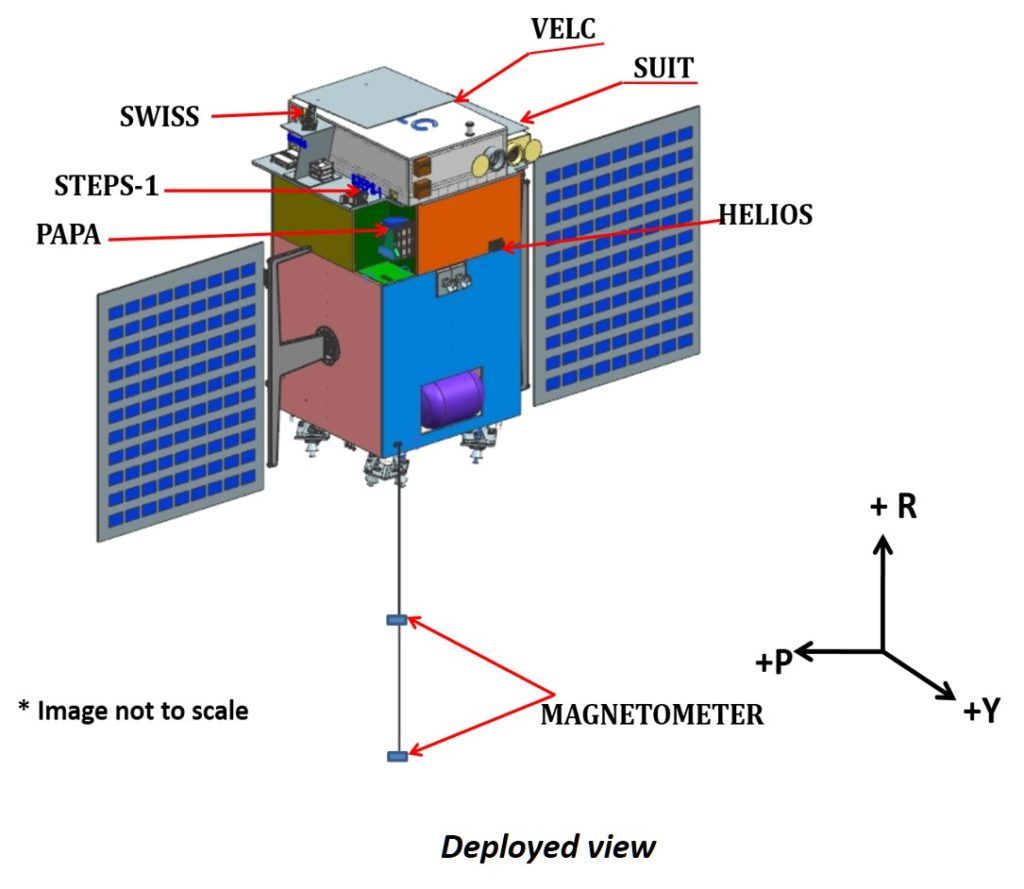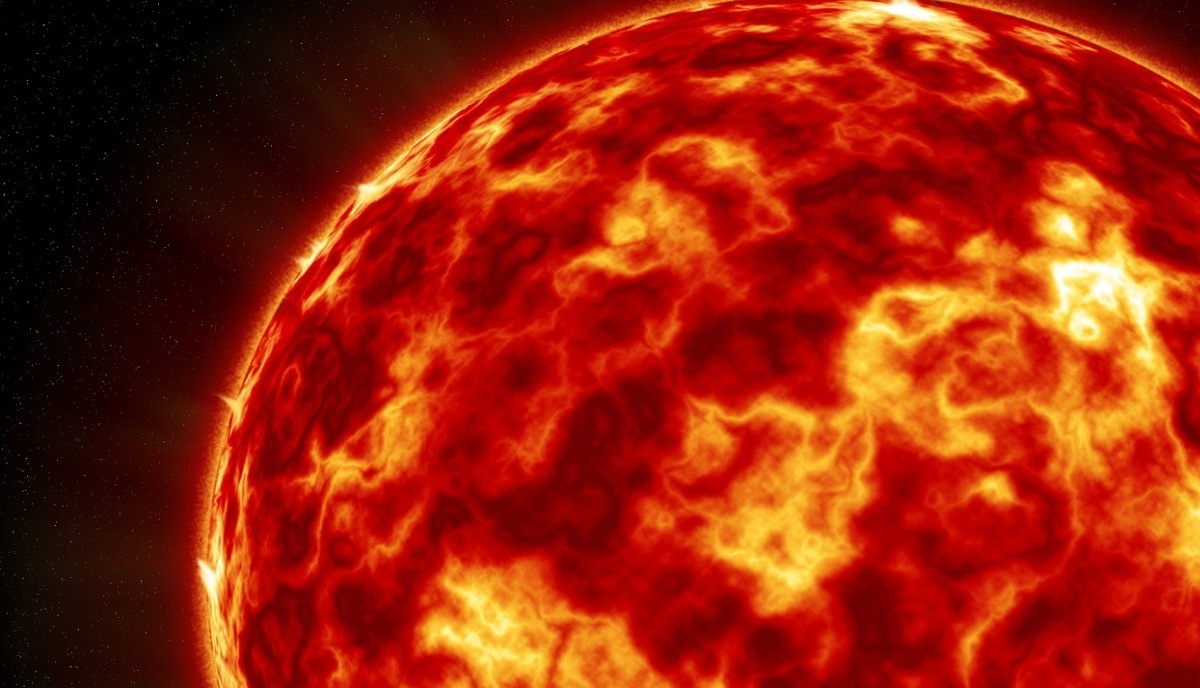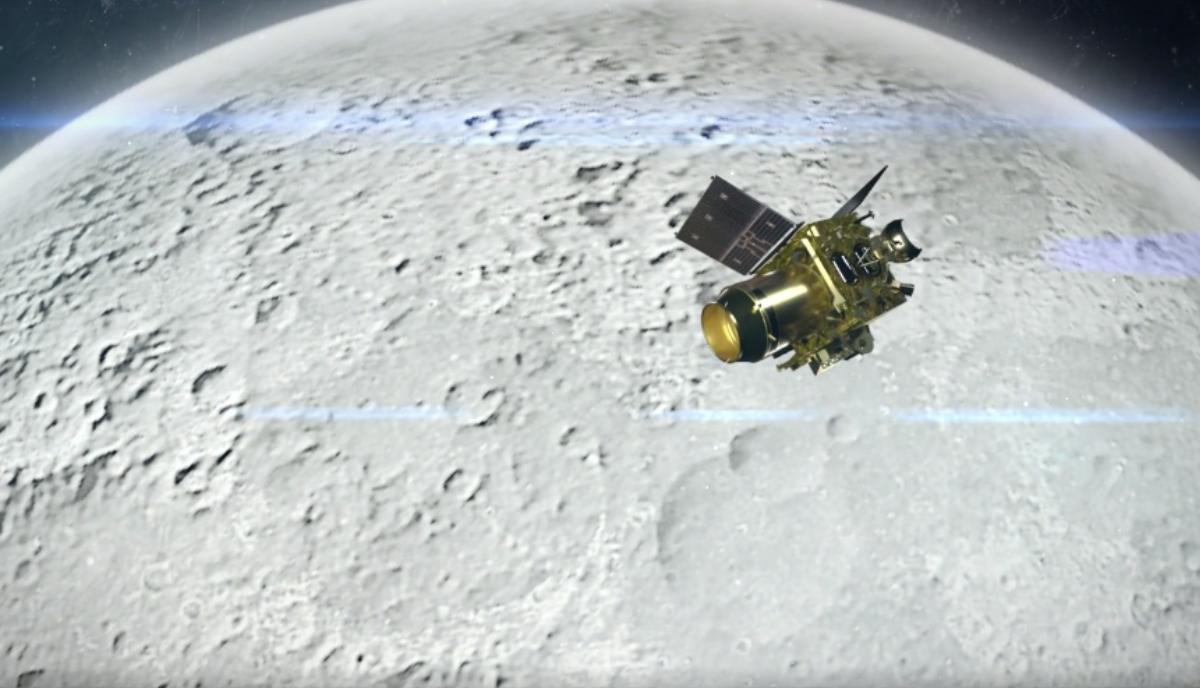After a technical snag that delayed the launch of Chandrayaan-2; ISRO finally launched the spacecraft last week. While Chandrayaan-2 will study the South Pole of the moon, an unexplored area on the planetary body, India has now set its eyes on the Sun.
Indian space agency ISRO is planning to launch its debut solar mission “Aditya-L1” during the 2019-20 timeframe. Here’s everything you need to know about Aditya-L1.
What Is Aditya-L1?
Aditya-L1 is the first Indian solar mission that will study the Solar Corona – the outermost layers of the sun. It is next to impossible to see Corona without a special instrument as the bright light of the Sun’s surface blocks its view.
Solar Corona extends to thousands of kilometers above the sun’s surface and has a temperature of more than a million degrees.
The fact that Solar Corona has much larger temperatures than the sun’s surface is still a mystery in solar physics.
Aditya-L1 was originally named Aditya-1 mission and was supposed to be a 400kg class satellite carrying a single payload – the Visible Emission Line Coronagraph (VELC). Aditya-1 was planned to launch in an 800 km Low Earth Orbit. Now, the Aditya-L1 will be placed in the halo orbit which is around 1.5 million km away from earth.
However, when a satellite is placed in a halo orbit around the Langrangian Point 1 (L1) of the Sun-Earth system, it can continuously view the Sun without any eclipse.

To make things easy to understand, a Langrangian point can be considered as a where the combined gravitational forces of two planetary bodies create a point of equilibrium where a third-smaller body can be placed for observations. You can consider it as a parking point in space.
What Are The Objectives Of Aditya-L1?
Under its Aditya-L1 mission, ISRO will observe the Sun’s Photosphere (soft and hard X-ray), Chromosphere (UV) and Corona (Visible and NIR). It will carry particle payloads with itself which will study the particle flux originating from the Sun and reaching the L1 orbit. A magnetometer onboard Aditya L1 will measure the variation in magnetic field strength at the halo orbit around L1.
The mission will also help in a deeper understanding and prediction of climate change on Earth. ISRO’s website reads, “The enhanced Aditya-L1 project will enable a comprehensive understanding of the dynamical processes of the sun and address some of the outstanding problems in solar physics.”
How Will Aditya-L1 Reach Closer To The Sun For Observation?
The Aditya L1 satellite will be injected into a halo orbit around L1 point which is 1.5 million kilometers away from the earth. As per ISRO’s website, the launch will take place via PSLV-XL from Sriharikota which is a rocket launch center situated in the state of Andhra Pradesh, India.
Here is a representation of Aditya-L1 once it is deployed:

What Will Be The Payloads Carried By Aditya L1?
Aditya-L1 will carry the coronagraph as its main payload aside from other payloads. Multiple payloads will not only help ISRO in understanding the solar surface but will also help solar scientists from different institutions an opportunity to participate in space-based observations. Here is a complete list of payloads along with their purpose that will be carried by Aditya-L1:
- Visible Emission Line Coronagraph
Visible Emission Line Coronagraph or VELC will study the solar corona and the origins of Coronal Mass Ejections (3 visible and 1 Infra-Red channel). The coronagraph will also measure the magnetic field of Solar Corona approximately to tens of Gauss. VELC is a payload by the Indian Institute of Astrophysics (IIA).
- Solar Ultraviolet Imaging Telescope (SUIT)
Solar Ultraviolet Imaging Telescope will measure solar irradiance variations and will image the spatially resolved Solar Photosphere and Chromosphere in near Ultraviolet (200-400 nm). SUIT has been developed by Inter-University Centre for Astronomy & Astrophysics (IUCAA).
- Aditya Solar wind Particle Experiment (ASPEX)
Onboard Aditya-L1, Aditya Solar Wind Particle Experiment (ASPEX) will study the variation of solar wind properties and its distribution and spectral characteristics. ASPEX payload has been developed by the Physical Research Laboratory (PRL).
- Plasma Analyser Package for Aditya (PAPA)
Plasma Analyser Package for Aditya-L1 will examine the composition of wind found on the solar surface and its energy distribution. The Space Physics Laboratory (SPL), VSSC is the institute behind the development of PAPA payload.
- Solar Low Energy X-ray Spectrometer (SoLEXS)
Solar Corona is a major subject in the Aditya-L1 mission. Solar Low Energy X-Ray Spectrometer will monitor the X-ray flares emanating from the solar corona. SoLEXS has been designed by ISRO Satellite Centre (ISAC).
- High Energy L1 Orbiting X-ray Spectrometer (HEL1OS)
High Energy L1 Orbiting X-ray Spectrometer will observe the dynamic events occurring around the Solar Corona and will also provide the estimate of energy that will be consumed in accelerating the particles during the dynamic events. HEL1OS payload is designed by ISRO Satellite Centre (ISAC) and Udaipur Solar Observatory (USO), PRL
- Magnetometer
Magnetometer onboard Aditya-L1 will measure the magnitude and nature of the Interplanetary Magnetic Field. The magnetometer has been designed and developed by the Laboratory for Electro-optic Systems (LEOS) and ISAC.
Aditya-L1 will be launched sometime by next year as ISRO has not revealed details about its launch yet aside from the fact that it will be launched during the 2019-2020 timeframe.
ISRO has been making steady progress in the field of space research and with Aditya-L1, India will be India’s first solar mission. ISRO has also 6 other missions in the pipeline, including Gangayaan, its first manned space mission, Chandrayaan-3 and Mangalyaan 2.










